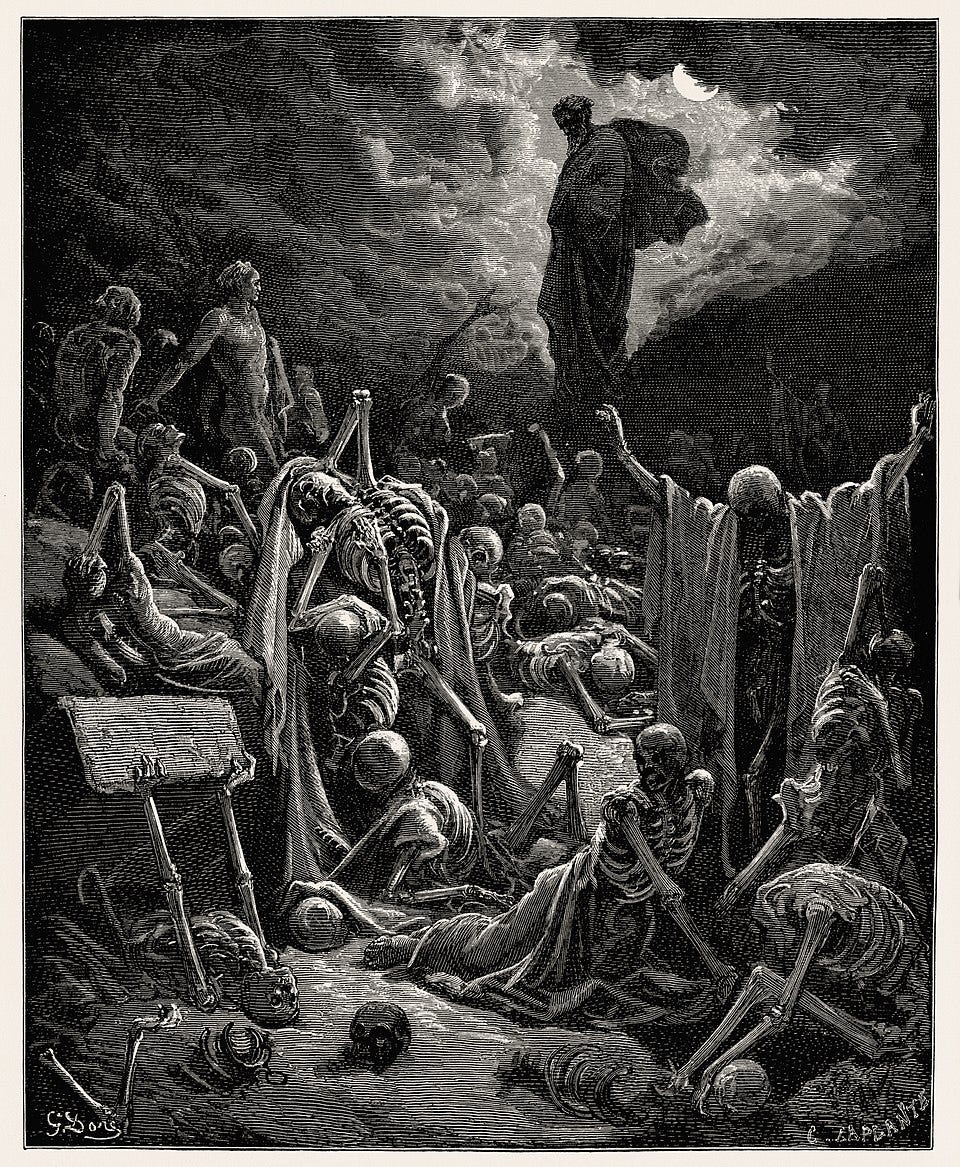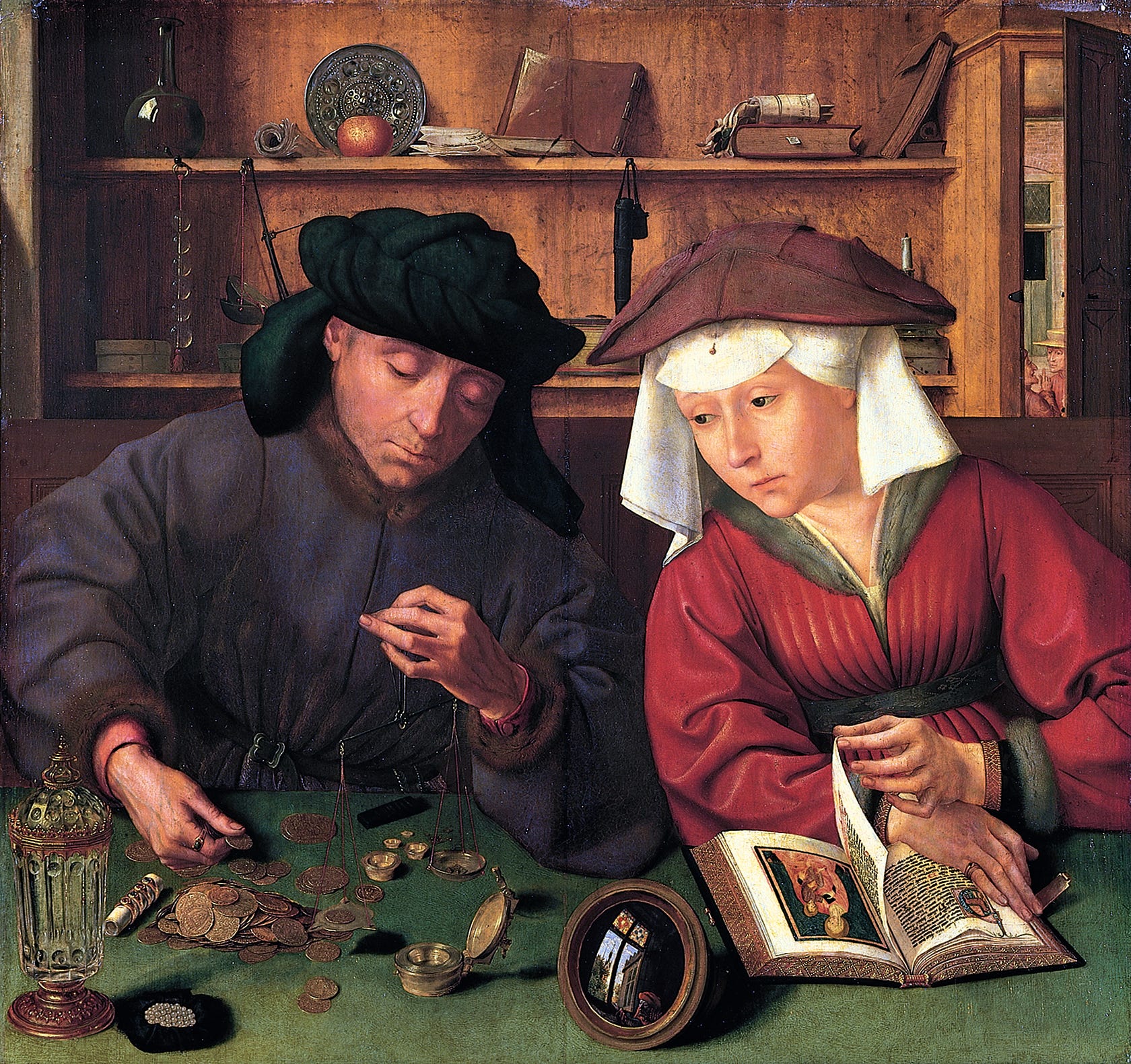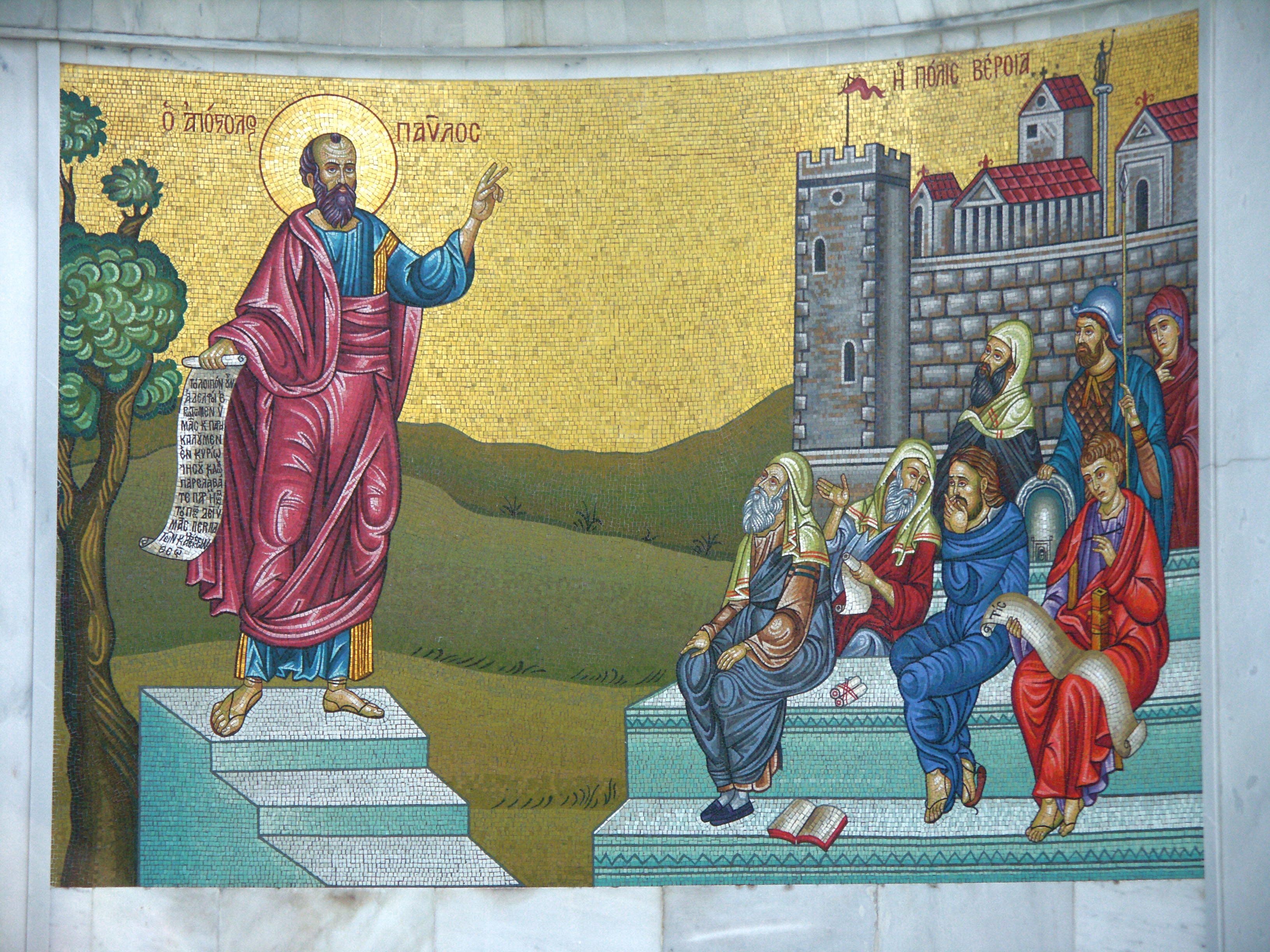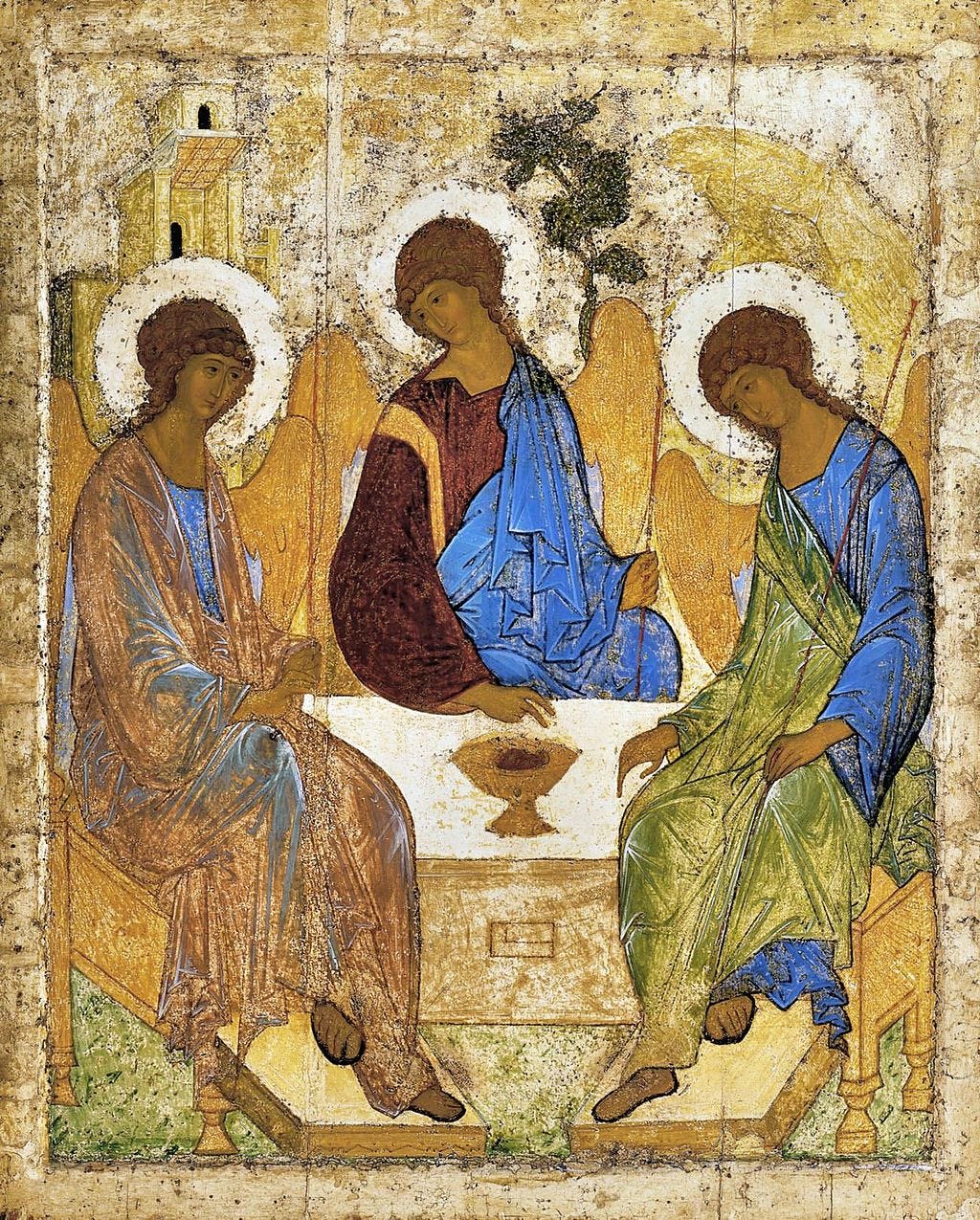
Last week I had the privilege of attending the 2025 Progress Conference, which brought together a diverse cadre of people working on progress, metascience, artificial intelligence, and related fields. I was surprised by how optimistic the median attendee was about AI for science.








